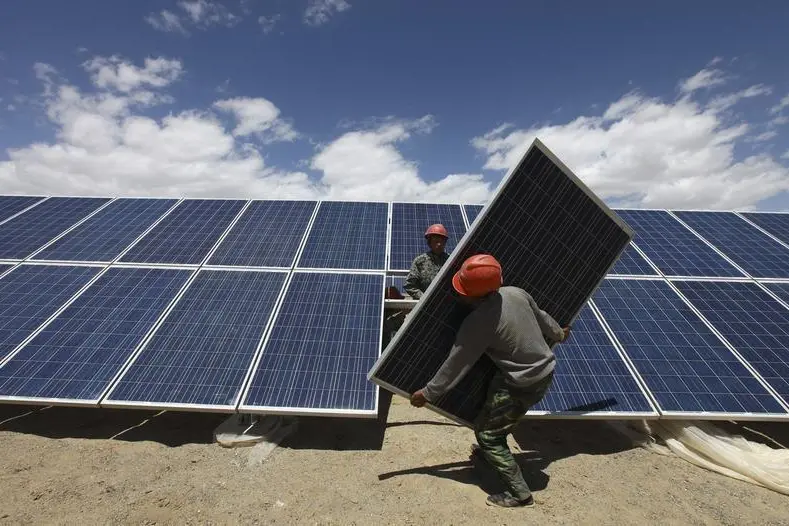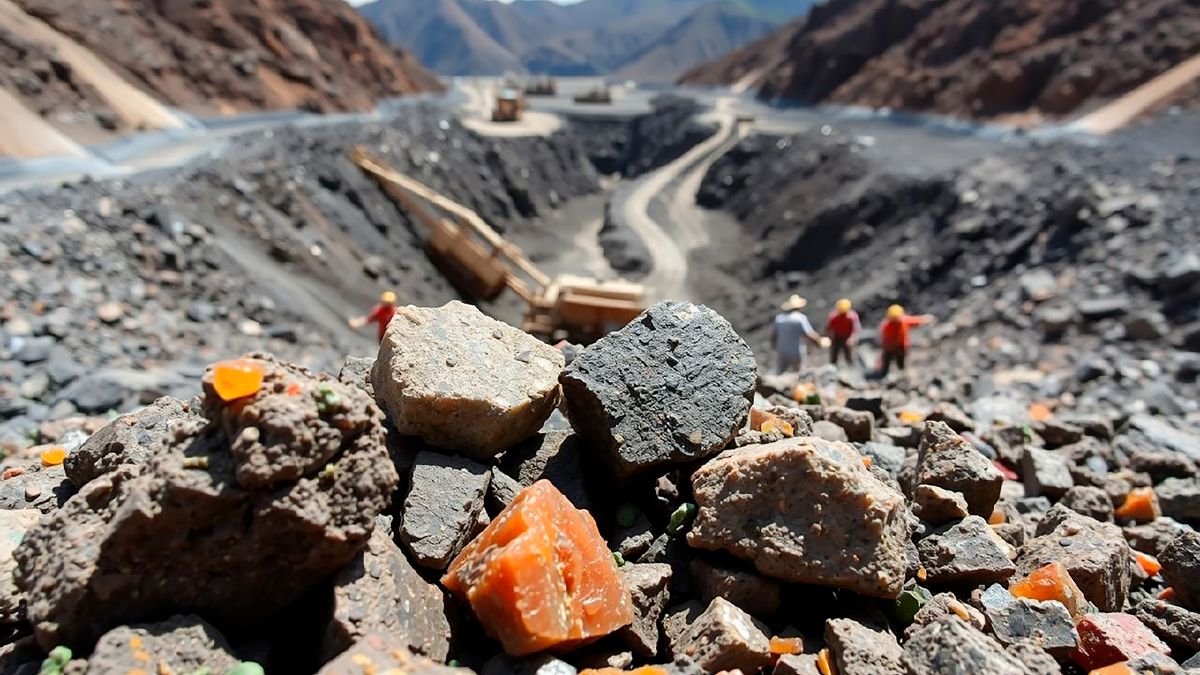.png)
Morocco Secures US Backing for $800M High Purity Polysilicon Plant: A Strategic Move to Reshape Global Supply Chains

Morocco Expands Solar Infrastructure with Two New Power Stations in Khouribga

Chile made a bold bet on renewables. Since the approval of Law 20.698 in 2013, which spurred the growth of clean energy, the country has achieved what many others are still drafting: an energy matrix increasingly driven by sustainability.
Today, the question is no longer how much can be generated, but how to avoid underutilisation of this capacity. Market maturity brings with it new responsibilities: optimising networks, managing intermittency, and electrifying key production sectors.

Focusing solely on installing more capacity is not enough if that power cannot be connected, distributed, or consumed efficiently. Chile now faces the challenge of giving a destination to the megawatts already being produced.

Chile is a mining powerhouse. However, many operations still rely on fossil fuels. Electrifying critical processes would not only help advance decarbonisation goals but also improve the global competitiveness of the sector.
Electrification also brings the potential to:
To move forward, it will be essential to foster partnerships between generators, mining companies, and tech providers, alongside regulatory frameworks that enable flexible contracts and blended finance.

While Chile has developed strong generation capacity, its transmission infrastructure has not kept pace. The regions with the highest solar radiation and wind potential — mainly in the north — face significant evacuation constraints.
At the same time, the country must scale up storage solutions to ensure grid stability and reduce curtailments.

The energy transition cannot be driven by the power sector alone. It requires a holistic vision that includes:
Only with coordinated, multisector planning will it be possible to build a development model based on clean, affordable electricity.

In this new context, there is a growing need for platforms that foster dialogue and actionable outcomes. From 26–28 August 2025, Santiago will host the second edition of the Chile Energy Transition Summit, backed by the Ministries of Energy and Mining and supported by InvestChile.
The summit is the strategic forum where stakeholders will discuss the real destination of Chile’s generated megawatts: How can they power the mining sector? What kind of transmission infrastructure is needed? What storage models are viable? What financing instruments are available?
With a focus on connectivity, transmission, and electrification, the event will bring together:
It will also provide an opportunity to forge partnerships, explore concrete business opportunities, and outline Chile’s new energy roadmap.

Chile has already achieved the hardest part: generating clean energy at scale. Now the challenge is to use it well.
The era of electrification is not a promise — it is the new ground for competition, investment, and transformation.
.png)

